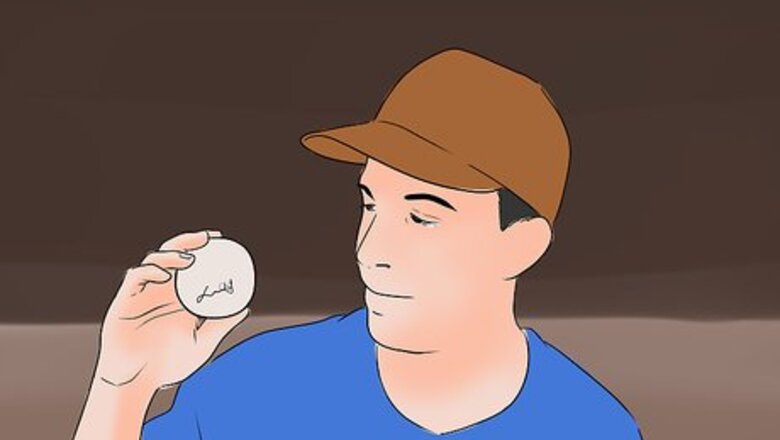
views
Establishing the Value
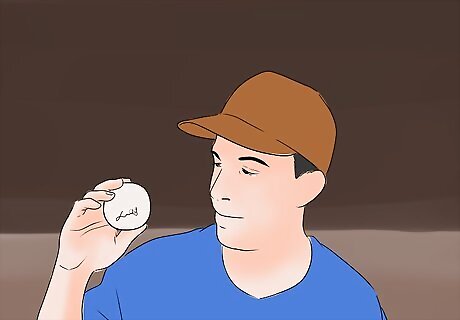
Conduct a visual inspection of your memorabilia. In order to properly assess the value of your memorabilia, you will need to know what condition the items are in. Check each individual item for visible wear, crease marks, scuffs, or anything else that may devalue it. Have a magnifying glass handy when inspecting smaller items or specific areas of larger memorabilia.
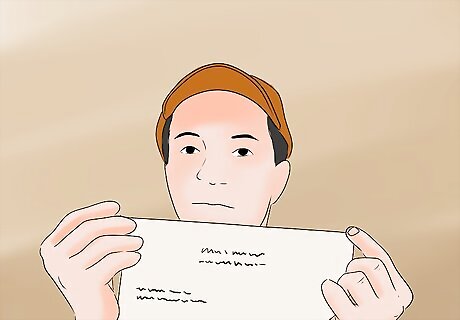
Authenticate your autographs. With fake autographs a major problem in the baseball memorabilia market, the only way to get top dollar for your signed material is to have your autographs authenticated. This is done by certified sports authentication companies. You can either send your items to them or visit their booths at memorabilia shows. If the autograph is authentic, you will be given a certificate of authenticity you can use to verify to a potential buyer that your baseball autographs are the real deal.

Compare your items to similar memorabilia found online. Visit auction sites and conduct keyword searches to get a sense of the going rate of a wide assortment of baseball memorabilia. Be as specific as possible when conducting your searches. Even the most minute detail can have a significant impact on the value of a piece of baseball memorabilia. Collect as much information as possible from various sources about the prices and the condition of each object that is close to the one you are selling. Then compare it and come up with the best price and platform where you can sell the item.
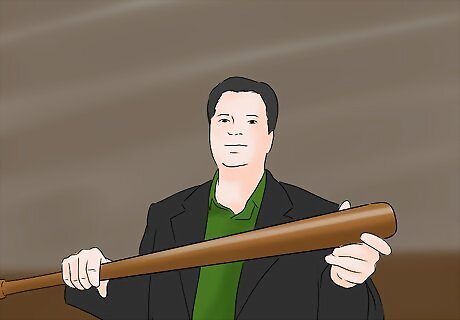
Have your items appraised by a memorabilia dealer. No one knows more about the value of your 19th-century baseball or Rod Carew autograph than a certified memorabilia dealer. They can be found in cities and towns across the United States, and they are usually willing to offer quick and free appraisals to store patrons. For a nominal fee, most dealers will provide a more detailed assessment and might even offer to purchase your item on the spot!
Selling Your Items in Person or Online
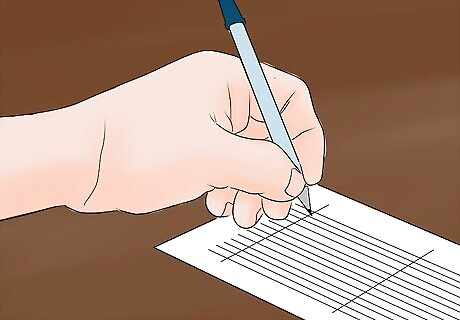
Craft a detailed listing of each item. Be sure to include the following information: What is it? Be specific here; there are several different types of baseball gloves, so rather than say “glove,” indicate whether it is a catcher’s mitt, an outfielder’s glove, a batting glove, or some other type. Who owned it? A baseball bat from the 1920s is valuable enough. A baseball bat from the 1920s that once belonged to Babe Ruth is a real treasure. If you have a piece of baseball memorabilia that was once the property of a well-known player, you need to make sure it’s high in your listing. What era is it from? If you don’t know the exact year your item is from, do your best to identify the era. A 1930s baseball has a different value than a 1950s baseball, and the more information you can provide for prospective buyers, the more likely you are to generate a sale. Is it autographed? Autographed memorabilia tends to hold its value better than non-autographed items. If you took the step to have your autograph authenticated, make sure you mention that in the listing. Most collectors prefer authenticated material, and some won’t even bother with any signed item that hasn’t been authenticated. What condition is it in? Condition is everything for memorabilia collectors. Take multiple pictures of each item, detailing any flaws or imperfections that buyers should know about. Failing to disclose nicks, scratches, or scuffs can earn you a bad reputation in the memorabilia industry and make it difficult for you to sell anything. How can interested parties contact you? Try to leave two ways in which buyers can get in touch with you. Some people prefer email to the phone, while others feel the opposite. More contact options will appeal to a larger cross-section of buyers.

Post your listing. Use every avenue at your disposal, including newspapers, classified ad magazines, online buy-sell-and-trade sites, and message boards. Be willing to pay a little extra for prime listing placement, if it’s offered. A little investment can make a significant difference in the level of interest in your item. When you have it posted anywhere online, share it with forum communities or social media groups that might be of their interest.
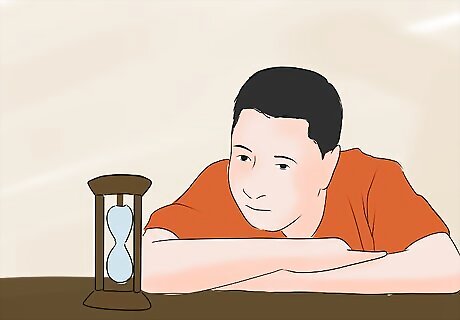
Set up a time for buyers to see the item(s). Make sure you leave enough time for the buyer to sufficiently inspect the item(s) and ask any questions he or she may have.

Finalize the sale. Be polite and helpful as you close the transaction. You may be dealing with the buyer again down the road, so leaving a good impression is vital.
Auctioning Your Items
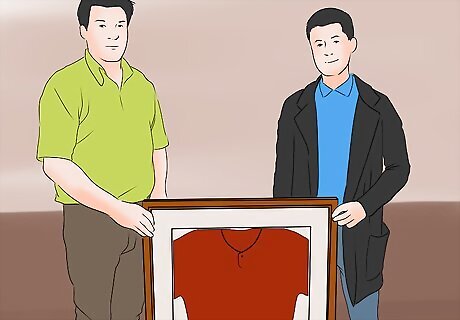
Set up your auction(s). Use the item description(s) you wrote earlier, and be sure to include as many pictures as you can. You’ll need to decide on a number of settings: Auction length: How long you want it to run. The top sites allow for short (1 to 3 day) or long (7 to 10 day) auctions, depending on how much of a hurry you’re in to sell your baseball items. The longer the auction, the greater the number of bids you’ll receive. Starting price: The minimum bid for your item. Keeping the starting price low usually encourages a frenzy of early bids, since people see what they perceive to be a great deal and jump on it. Higher starting prices occasionally come with extra fees, so be wary. “Buy it Now”: Bigger auction sites offer sellers the chance to set a price at which buyers can simply purchase the item outright. If a buyer selects “Buy it Now,” the auction ends automatically, and no more bids are accepted. This is a good option if you have a value in mind for your item and you suspect you can get someone to pay the set price. Shipping price and options: How much will it cost to send your item? Do you plan to charge extra for insurance? Are there countries where you will not ship your item? Research your shipping options and include them with the item so bidders know how much more it will cost them to have it delivered.

Answer all questions promptly. Auctions are time sensitive, so any inquiries you receive should be addressed as quickly as possible.

Await payment. Once the auction ends, the buyer will have a predetermined amount of time to pay. You will usually receive an email confirmation the moment the payment has been processed.

Ship the item. Use great care when shipping, especially if it is an older piece of baseball memorabilia. Think about how you would want someone to protect a similar item if you were the recipient, and package it accordingly.
Attending Memorabilia Shows
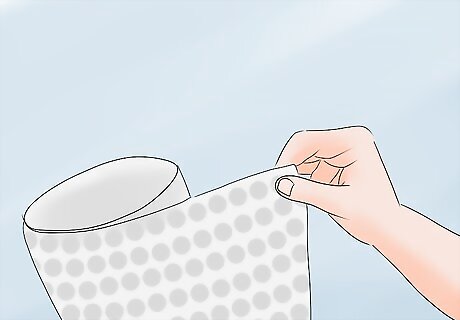
Protect your items. You may be carrying them around with you for hours, so store them in bubble wrap, cardboard, cloth, or whatever else works. As you show them off, make sure to return them to their protective packaging.

Find collectors who specialize in your items. Memorabilia shows feature all kinds of dealers, and not all of them are going to be interested in what you have to sell. Ask vendors if they’re interested in what you have, and don’t be insulted if they decline. Many are looking for specific collectibles, and your items might not fit the bill.

Break out your bartering skills. Rare are the moments when memorabilia show vendor and a customer with items to sell reach immediate agreement on a price. If you walk into a show with little room for flexibility, it could be a long day for you. At the same time, do not settle for a vendor’s “best offer” just for the sake of coming away with something. Be courteous but firm. In most cases, you can find middle ground if you work at it.











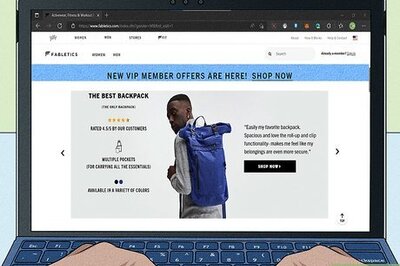


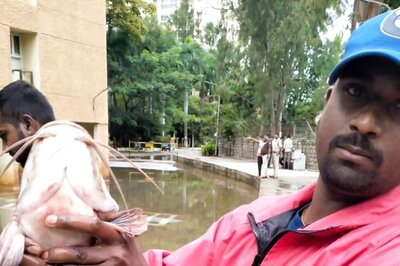


Comments
0 comment